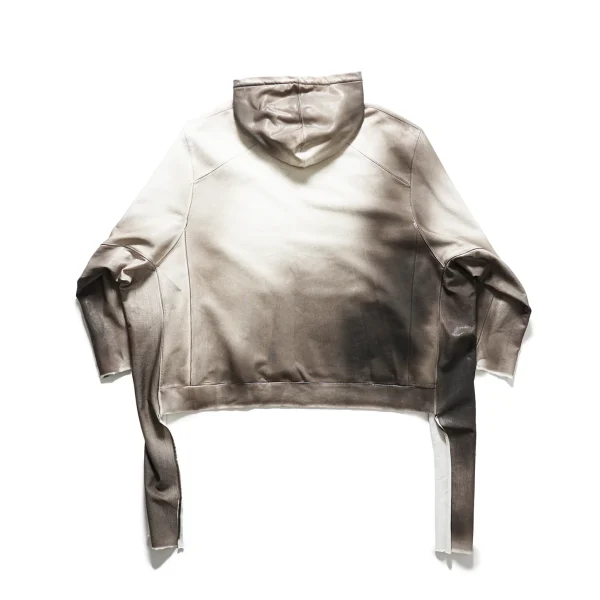When it comes to wearing a real human hair wig, many people wonder whether they can enjoy activities like swimming without compromising the integrity of the wig. While human hair wigs are durable and versatile, they requires the proper care and maintenance to stay looking their best. So, can you swim in human hair wigs? The short answer is no, but with some precautions, you can still enjoy swimming while keeping your wigs in great shape.
Understanding the Effects of Water on Human Hair Wigs

Human hair wigs are made from real human hair, which is more natural and breathable than synthetic alternatives. However, like natural hair, human hair wigs are sensitive to water, especially chlorine and saltwater. These elements can damage the hair cuticle and lead to dryness, tangling, and even premature shedding if not properly cared for.
Chlorine in Pool Water
Chlorine is mostly used in swimming pools to keep the water cleaned, but it can have harmful effects on human hair. Chlorine strips the hair of its natural hair oils, leaving it dry and brittle. Over time, exposure to chlorine can weaken the strands of a human hair wig, making them more prone to frizz, tangling, and breakage. In addition, the strong chemicals in pool water may cause the wig to lose its natural luster and shine.
Saltwater and Beach Swimming
Saltwater can also have a similar effect on human hair wigs. While saltwater is less damaging than chlorine, it can still leave hair feeling rough and dry. Additionally, the salt can weigh down the wig, causing the strands to clump together and lose their natural flow. If left unwashed after swimming in the ocean, saltwater can lead to long-term damage, making the wig look frizzy and lifeless.
Can You Swim in Human Hair Wigs?

Although it is not recommended to swim in a human hair wig regularly, it is possible to take a dip while still protecting your wig from water damage. Here are some tips for ensuring that your wig stays intact if you plan to swim:
- Wear a Swim Cap
One of the most effective ways to protect your human hair wig from water is by wearing a swim cap. A swim cap creates a waterproof barrier around your wig, preventing water from coming into direct contact with the hair. This is especially helpful for protecting the wig from chlorine and saltwater while swimming. It will also prevent the wig from getting wet and losing its shape.
- Opt for a Synthetic Wig for Swimming
If you enjoy swimming often and don’t want to worry about maintaining your human hair wig, consider wearing a synthetic wig for swimming. Synthetic wigs are less affected by water and tend to retain their shape even after being exposed to water. This allows you to enjoy your swim without the risk of damaging your human hair wig.
- Keep Your Hair Dry
If you want to swim without a swim cap, consider keeping your hair dry by avoiding full submersion in water. If you are swimming for exercise or just relaxing by the pool, try to keep your wig above the waterline, or at least ensure that it is not fully submerged in pool or ocean water.
Caring for Your Wigs After Swimming

If your human hair wig does get wet during swimming, it is crucial to care for it properly afterward to maintain its quality and appearance. Here are some after-care steps to keep your wig looking its best:
- Rinse Immediately
After swimming, rinse your wig with cool, fresh water to remove chlorine, saltwater, and any other chemicals. This will prevent the hair from absorbing these elements and will help keep the strands healthy.
- Shampoo and Condition
Gently wash the wig with a sulfate-free shampoo to remove any residue left by chlorine or saltwater. Follow up with a deep hair conditioner to restore moisture and keep the wig soft. Regular conditioning is crucial to combat any dryness caused by exposure to water.
- Dry and Detangle Carefully
After washing, carefully pat the wig dry with a towel. Avoid wringing it out or rubbing it, as this can cause tangling and damage. Once dry, use a wide-tooth comb or wig brush to gently detangle the hair. Allow the real hair wigs to air dry completely on a hair wig stand or mannequin head.
Conclusion

While it’s not advisable to swim in a human hair wig regularly, taking the necessary precautions can allow you to enjoy swimming without causing harm to your wig. If you plan to swim, wearing a swim cap and keeping your wig dry is essential to protect it from water damage. After swimming, rinse, shampoo, and condition your wig to restore moisture and ensure that it continues to look beautiful. By following these such simple steps, you can maintain the longevity and health of your human hair wig while still enjoying your favorite water activities.



